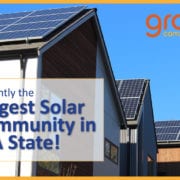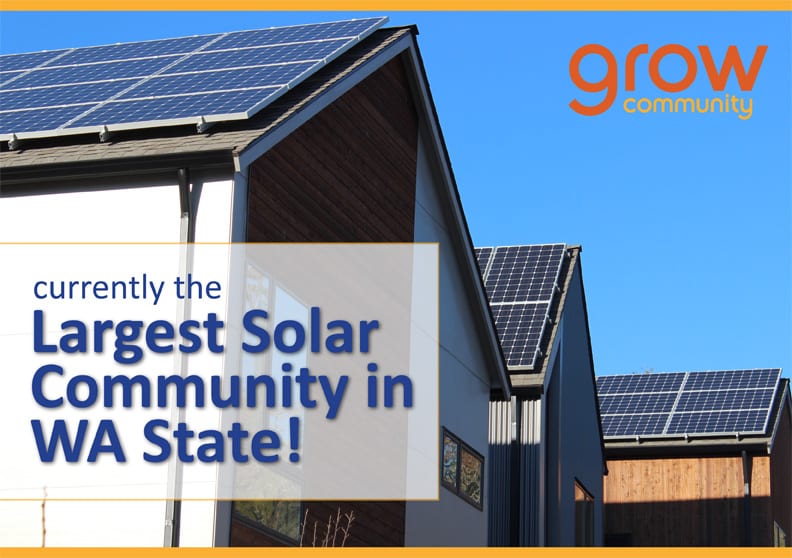Posted to BioRegional Blog
September 26, 2014
Grow resident Ron Kaplan shares how self-sufficiency and community spirit have come together for a bumper harvest at Grow Community, as edibles sprout up in time for Local & Sustainable Food month.
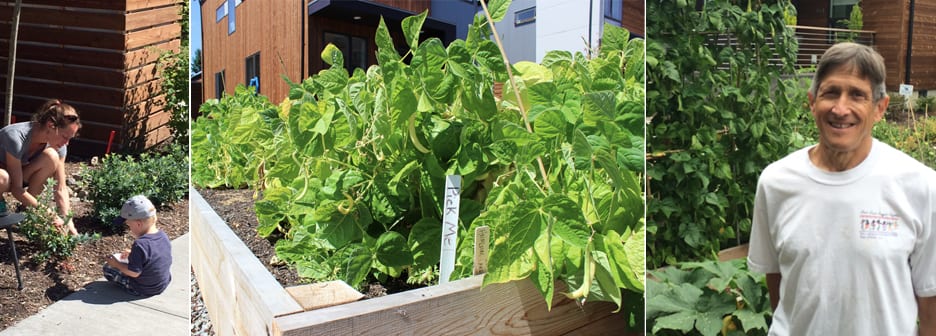
Edibles in the new Bainbridge Island neighborhood are sprouting up in time for Local and Sustainable Food month, even amongst the native landscaping. On one footpath, tomatoes grow side by side with fronded ferns. “Only in the Northwest, huh?” says Ron Kaplan, a resident of the uber-green development now taking shape a short ferry ride across Puget Sound from downtown Seattle. Grow Community’s first neighborhood – dubbed the Village, one of three phases in a planned 8-acre project – was designed to reflect and promote sustainability at every turn. Rooftop solar provides much of the power for each home, while the residents share bicycles to reach merchants and services in nearby Winslow town center.
The One Planet Living principles so foundational to the project encourage the sharing of locally grown, organic food. So the signature stroke for both self-sufficiency and a communitarian spirit may be the neighborhood P-patch gardens that nestle amongst the close-knit, architecturally arresting homes. Autumn finds the first three designated gardens a veritable cornucopia overflowing with onions, pumpkins, spinach, peas, eggplant, kale, chard, exotic herbs and other delectables. Grapes and other vine fruits hang from trellises in the wings.
The neighborhood organized a community potluck in late August to celebrate the bounty — and the shared endeavor it represents. “There was a lot of good food, all based on vegetables from the gardens,” Kaplan says. “And it was another excuse for people to get together.” The gardeners are still finding a certain equilibrium between their own tastes and the collective palate. The recent harvest produced a surfeit of beans and squash, says Kaplan, confessing his own complicity in a bumper crop of fiery hot peppers. But any excess just gets carted up the street to Helpline House, the local food bank.
“It wasn’t the Soviet Union model of centralized planning,” Kaplan says. “One of the lessons is, next year there might be more coordination about what’s planted.” More raised beds are now going in next to a just-completed apartment building at the project’s north end, and new residents there will assume their own stewardship of the soil or fall into other neighborhood roles. At Grow Community, Kaplan says, everyone chips in according to their interests and abilities, but the harvest is open to all. “People contribute to the community in different ways,” he says. “I’m putting my time into the gardens, others are putting their time into something else. But they should all be able to harvest – so they do.”

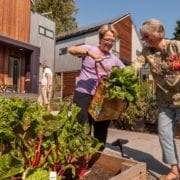
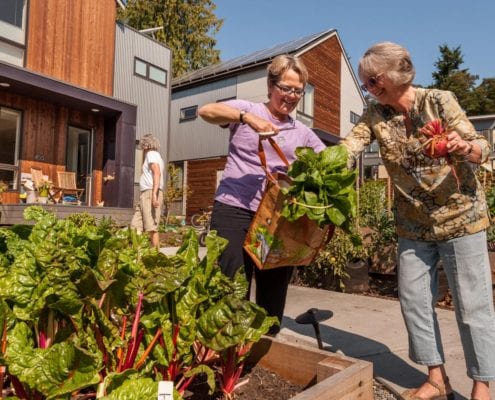
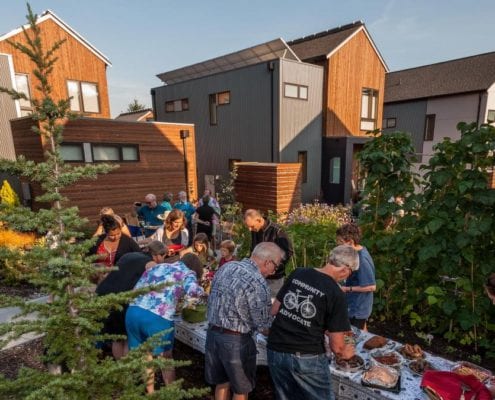
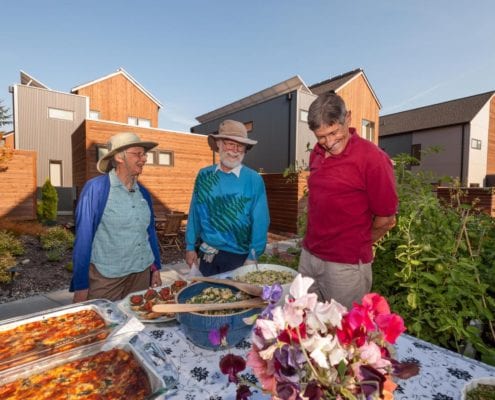
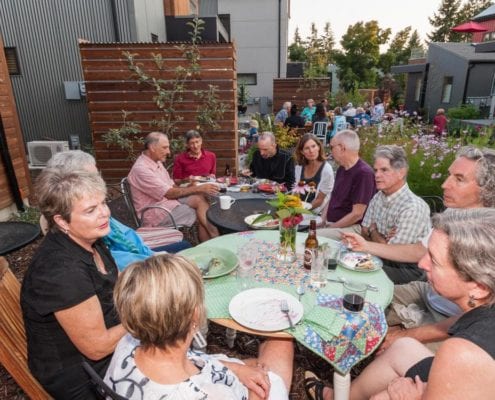
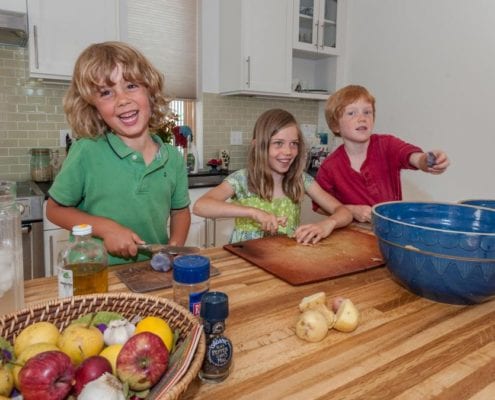
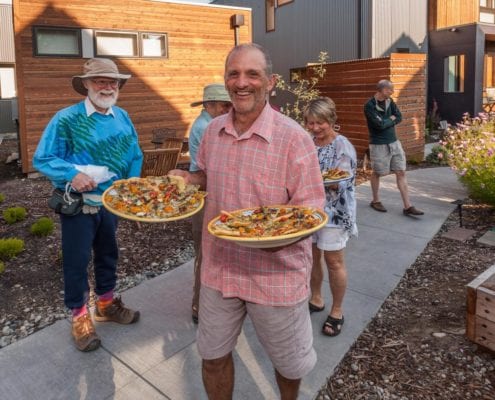
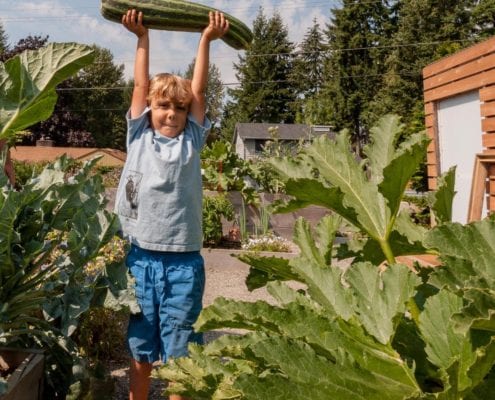
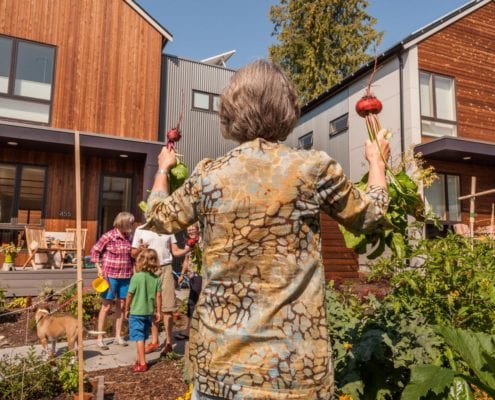

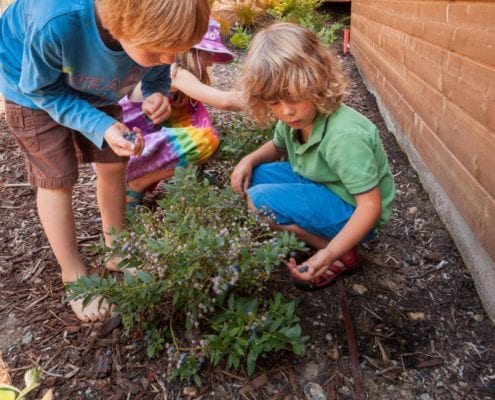
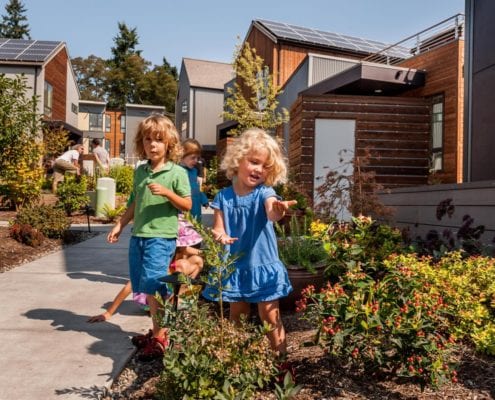
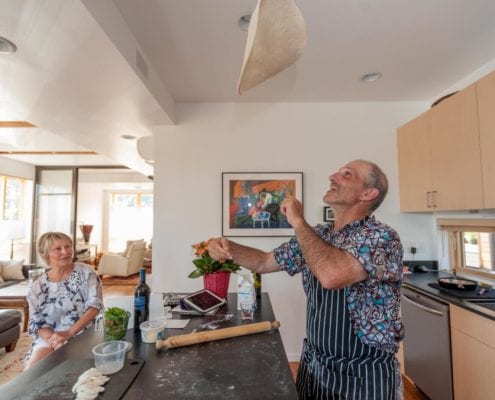
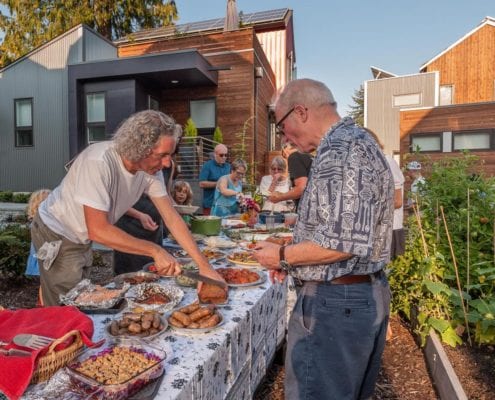
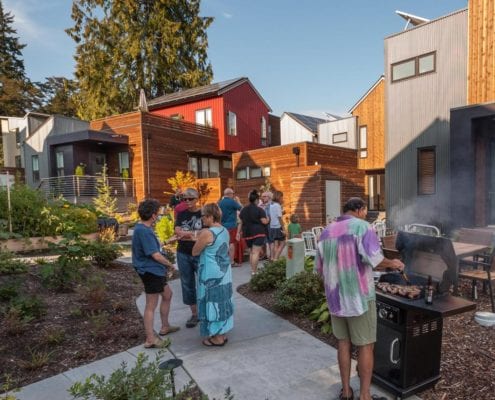
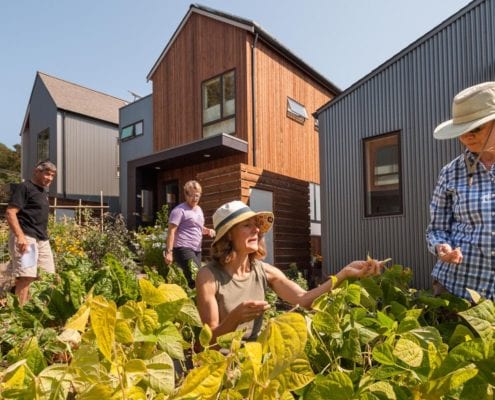
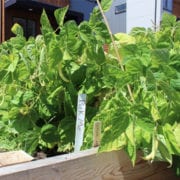

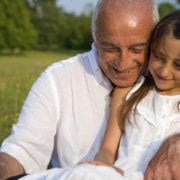
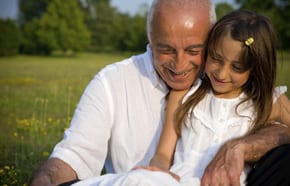
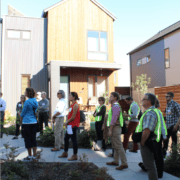
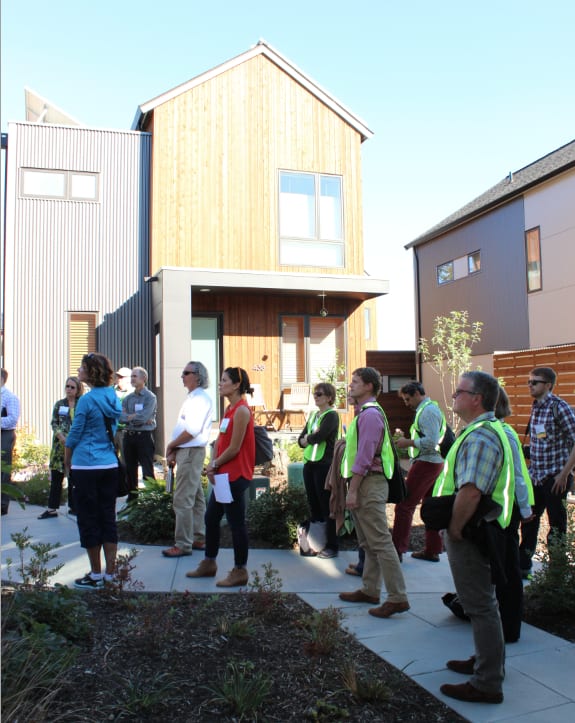 Grow Community held center stage when the Urban Land Institute visited Bainbridge Island yesterday.
Grow Community held center stage when the Urban Land Institute visited Bainbridge Island yesterday.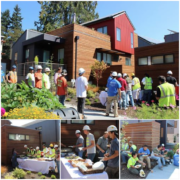
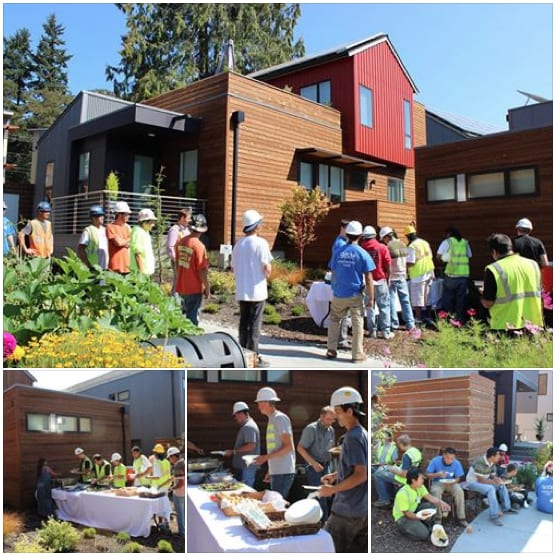

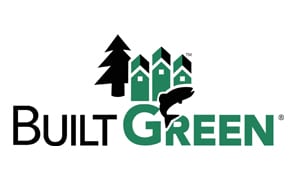 Our builder PHC Construction is being honored with a 2014 Built Green Hammer award by the Master Builders Association, a real mark of excellence among regional projects.
Our builder PHC Construction is being honored with a 2014 Built Green Hammer award by the Master Builders Association, a real mark of excellence among regional projects.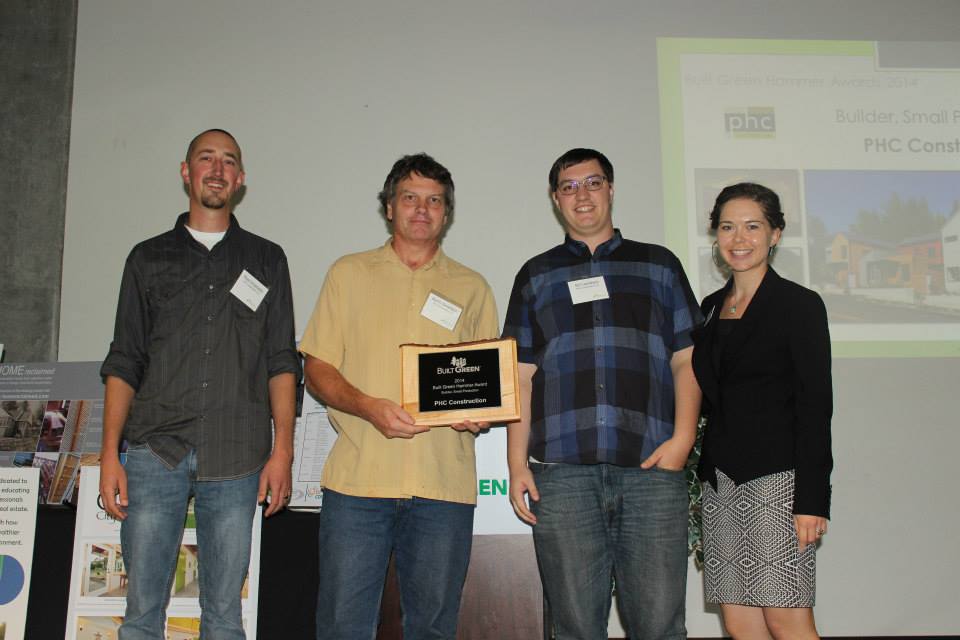
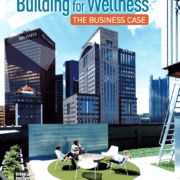
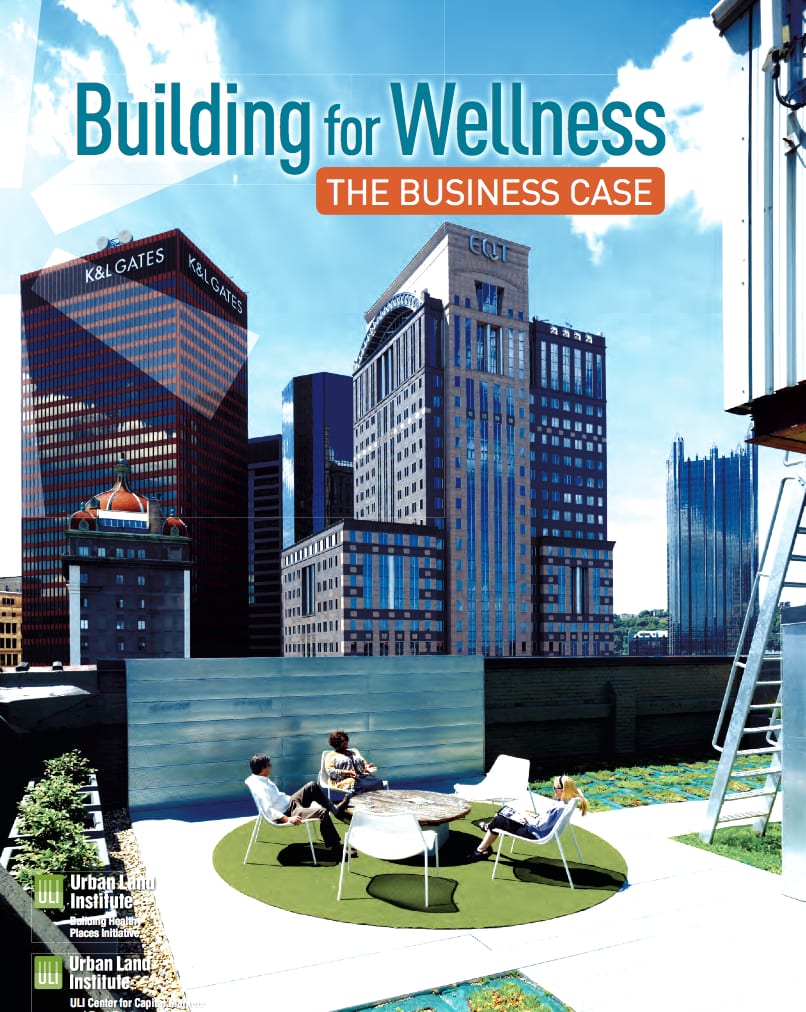
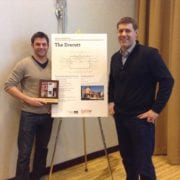
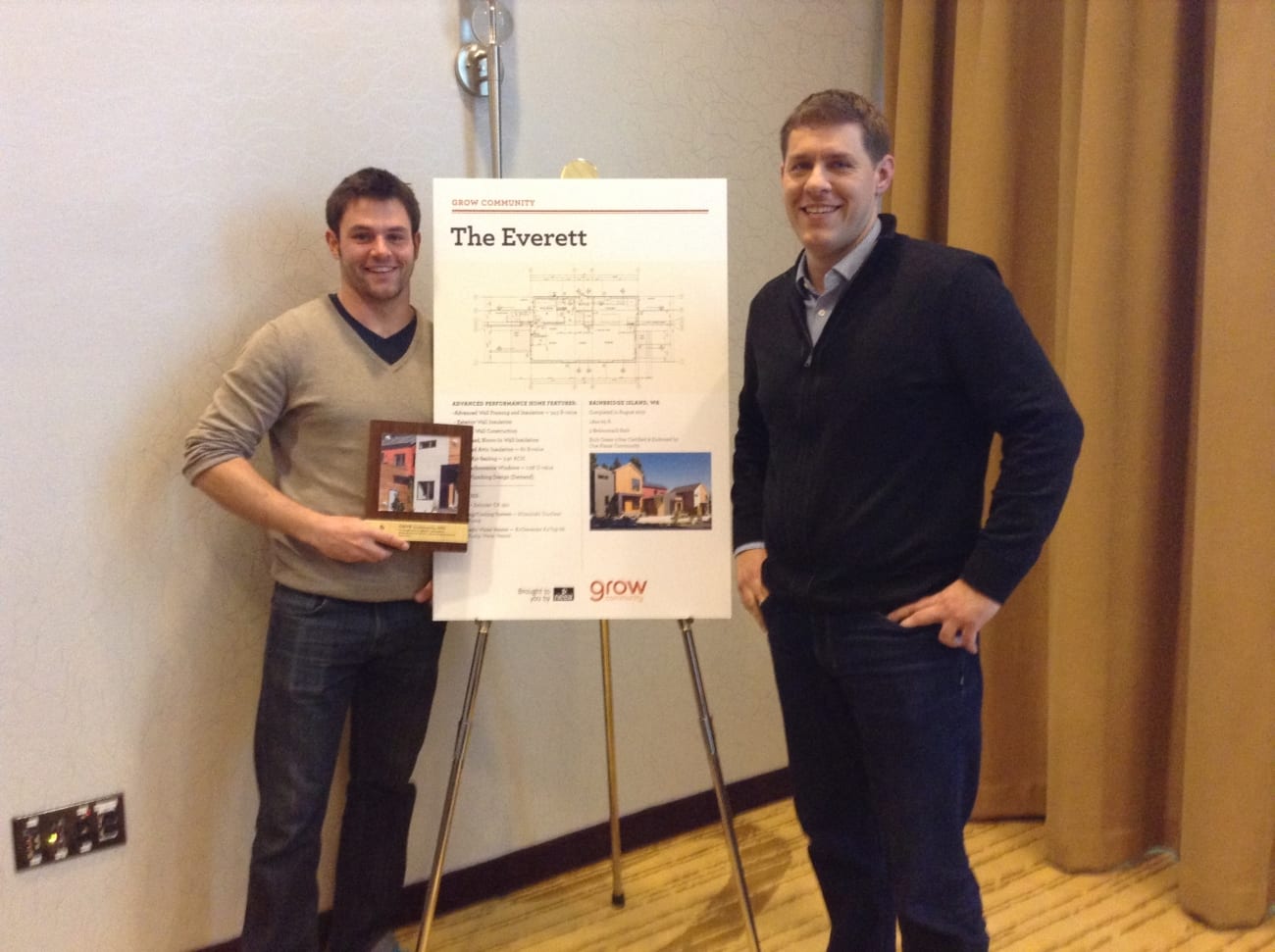
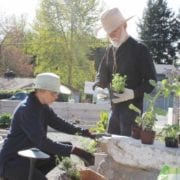
 The first neighborhood at Grow Community will come together this summer when the rental homes are finished. In order to keep moving toward completion of the entire community, we have been working hard to come up with a design that meets all of our criteria and that builds on everything we’ve learned over the past several years.The next two neighborhoods at Grow will continue to meet our One Planet goals, with a focus on truly intergenerational living. Sixty percent of the homes will be accessible, with aging in community as a design priority. In addition, a number of the homes are being designed and priced for young families, creating that mix of vibrant and lively interaction that makes Grow such a great place to live.
The first neighborhood at Grow Community will come together this summer when the rental homes are finished. In order to keep moving toward completion of the entire community, we have been working hard to come up with a design that meets all of our criteria and that builds on everything we’ve learned over the past several years.The next two neighborhoods at Grow will continue to meet our One Planet goals, with a focus on truly intergenerational living. Sixty percent of the homes will be accessible, with aging in community as a design priority. In addition, a number of the homes are being designed and priced for young families, creating that mix of vibrant and lively interaction that makes Grow such a great place to live.
 After mid-March only one home remains to be built in the first neighborhood.
After mid-March only one home remains to be built in the first neighborhood.